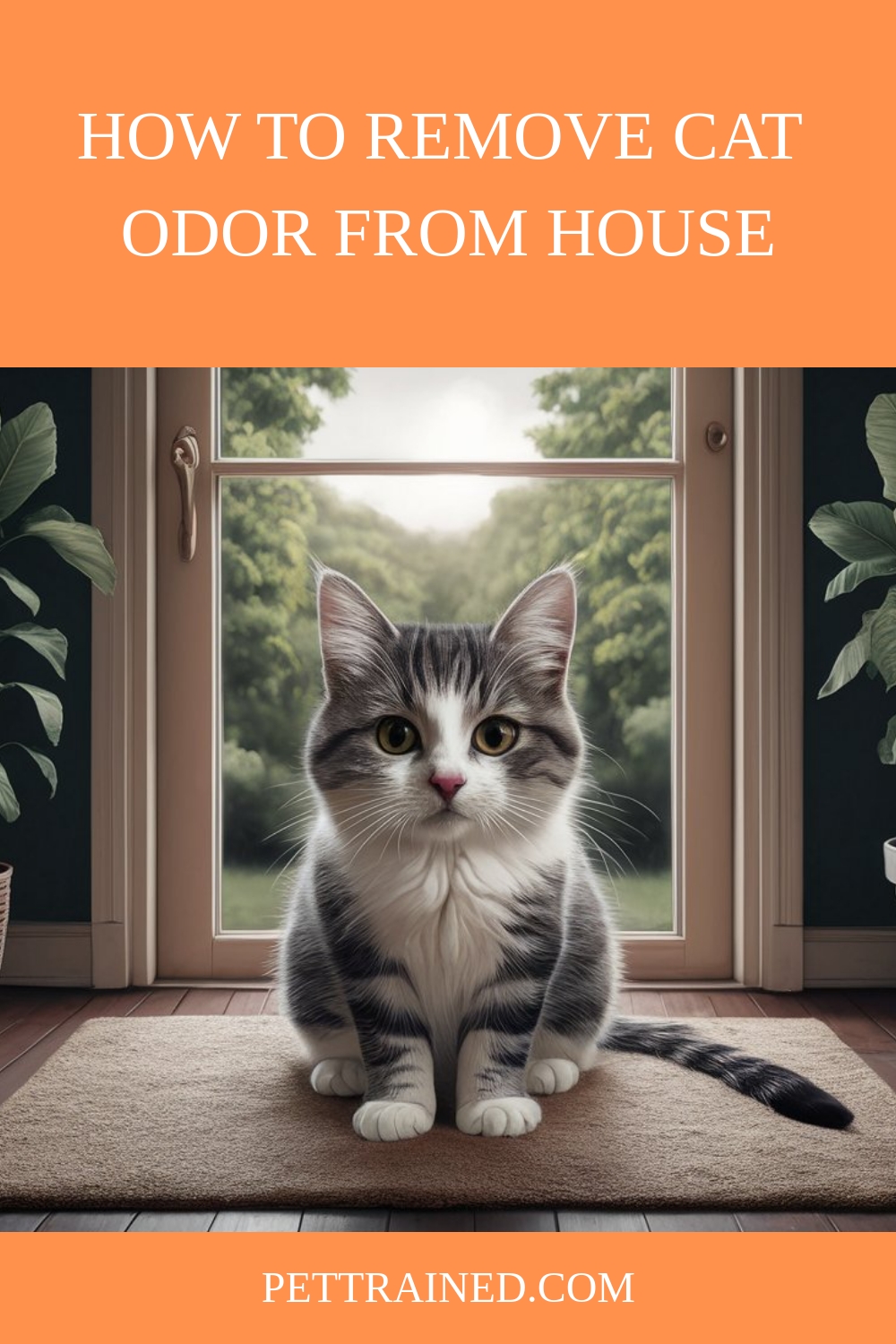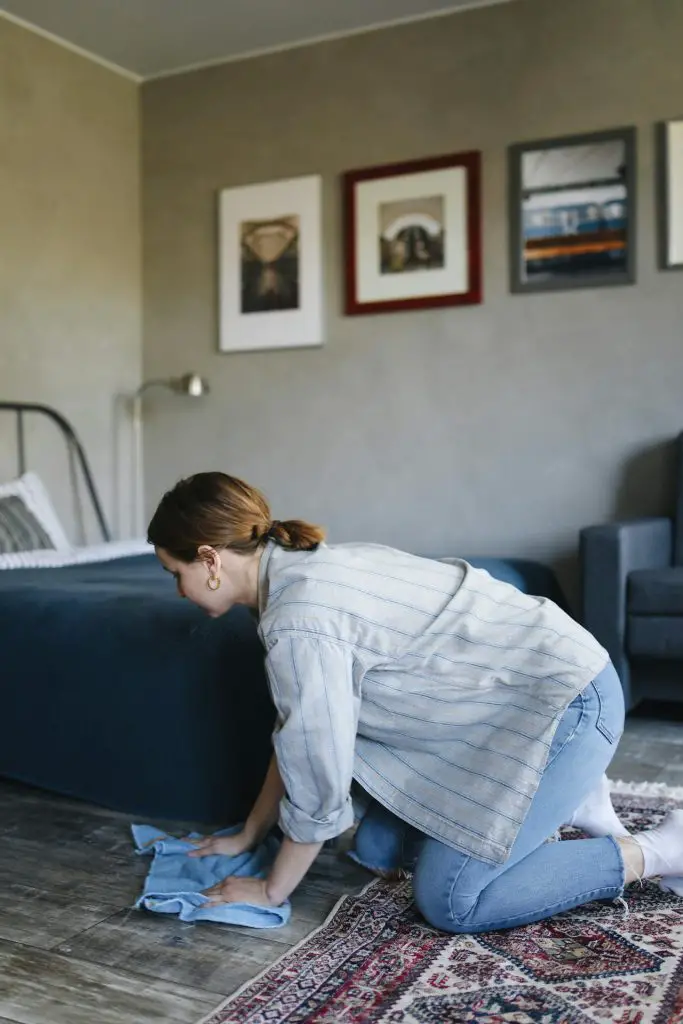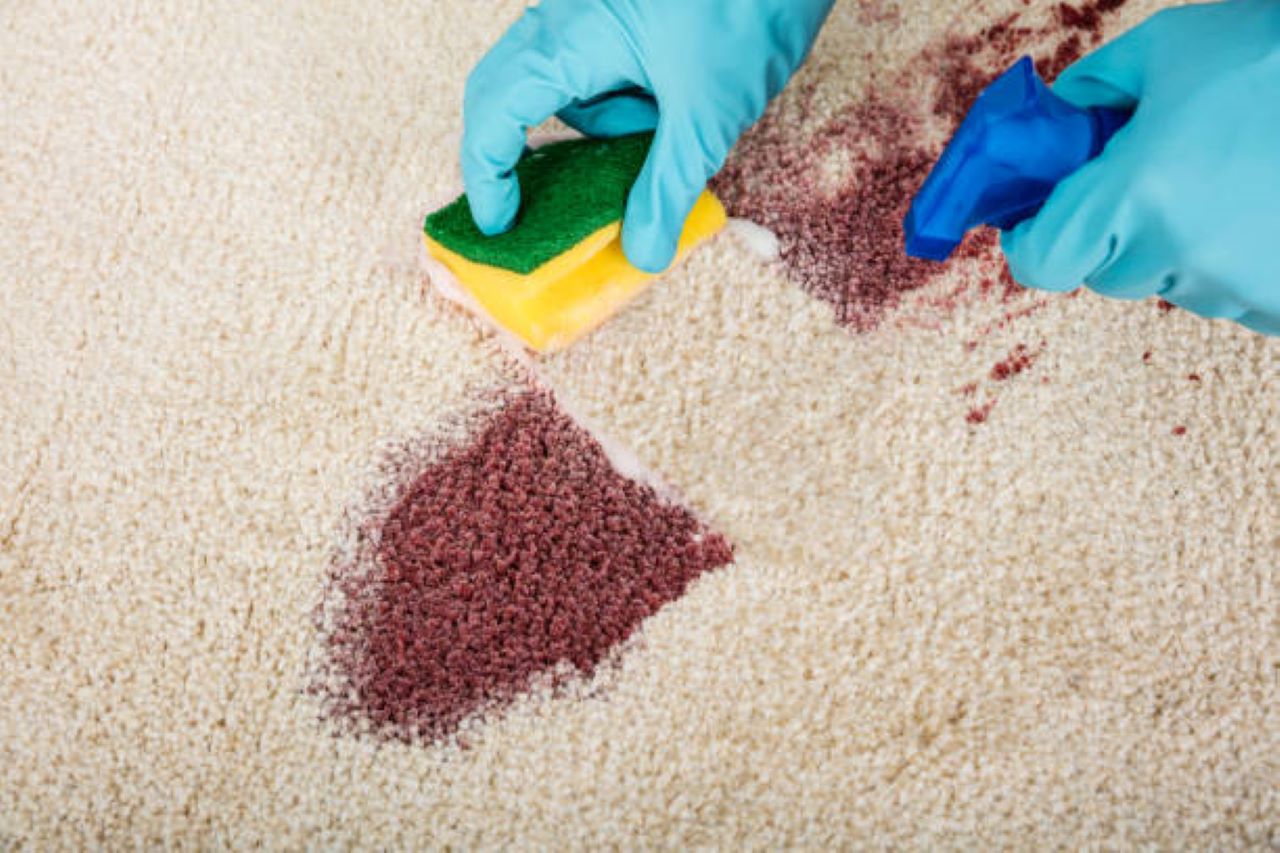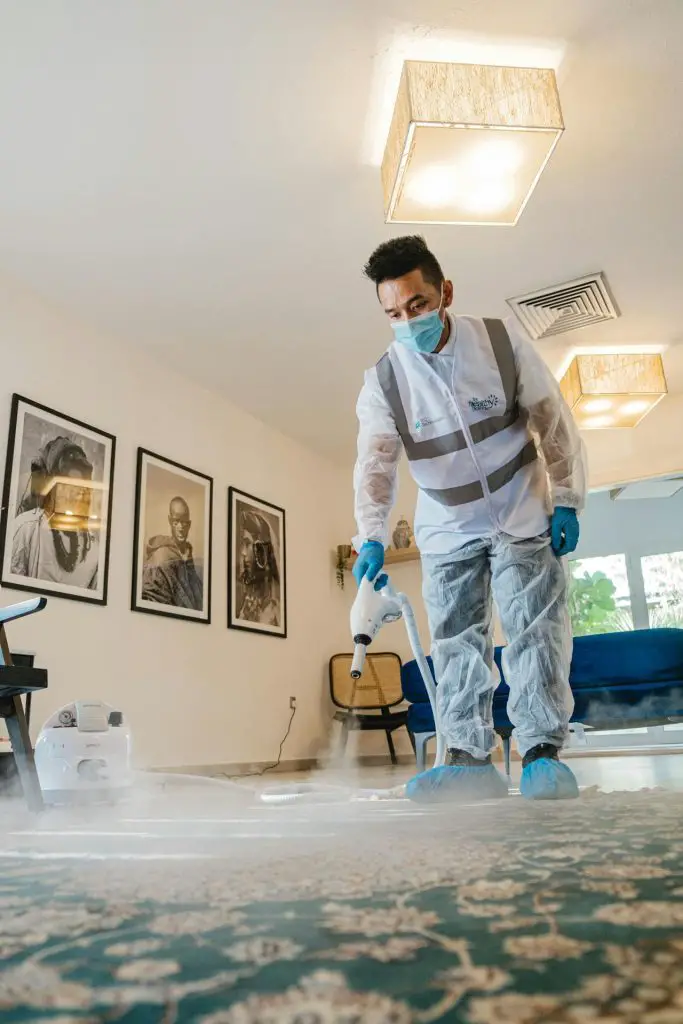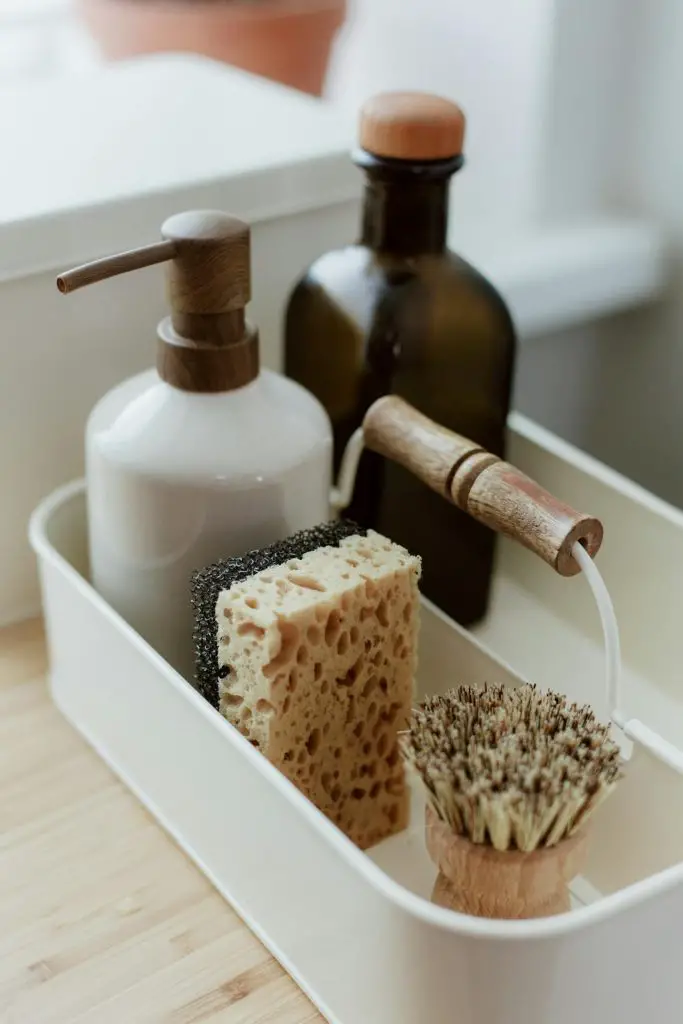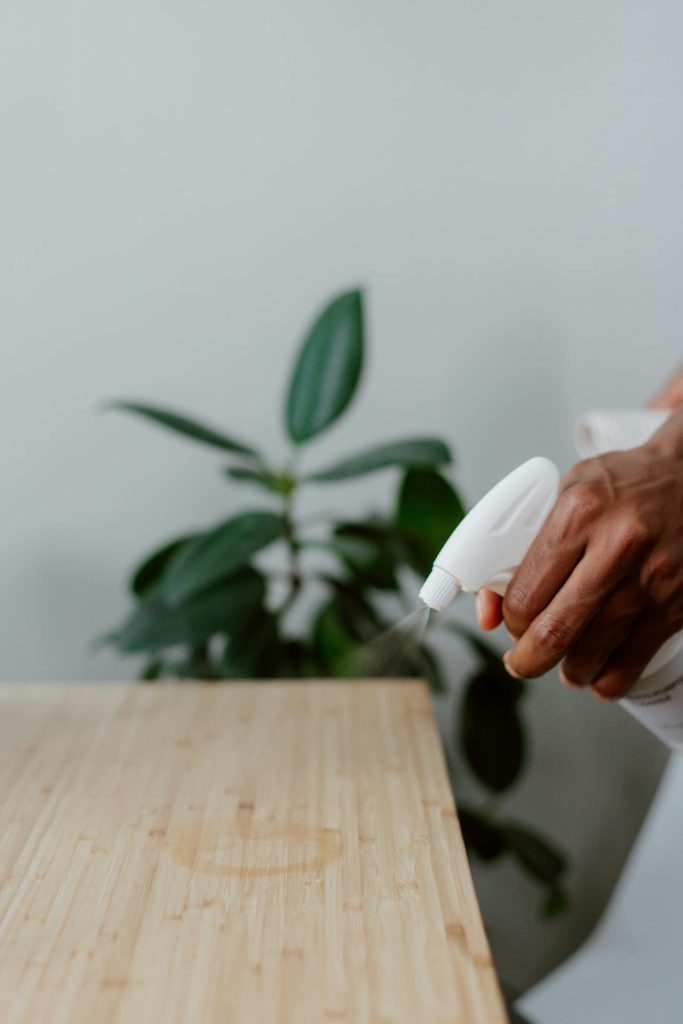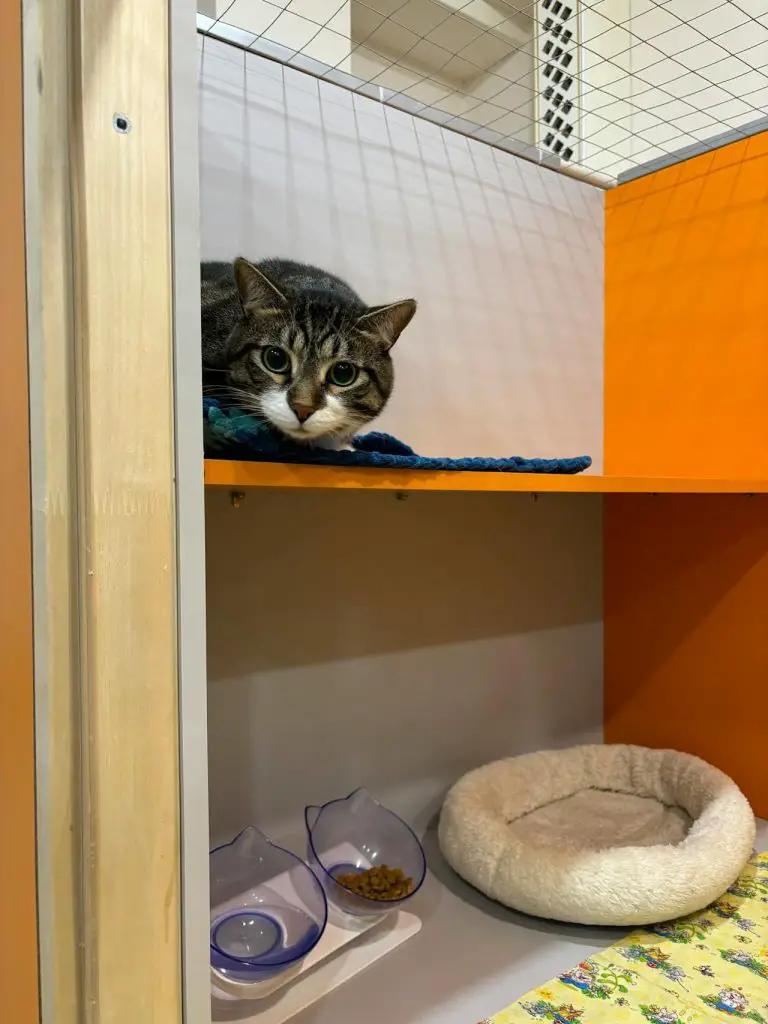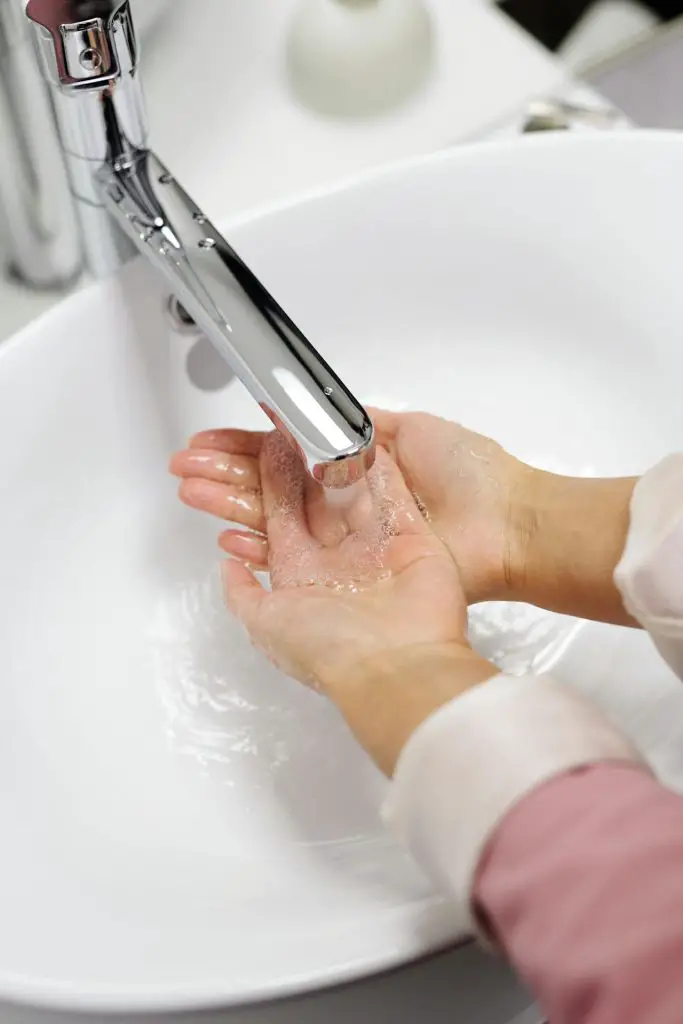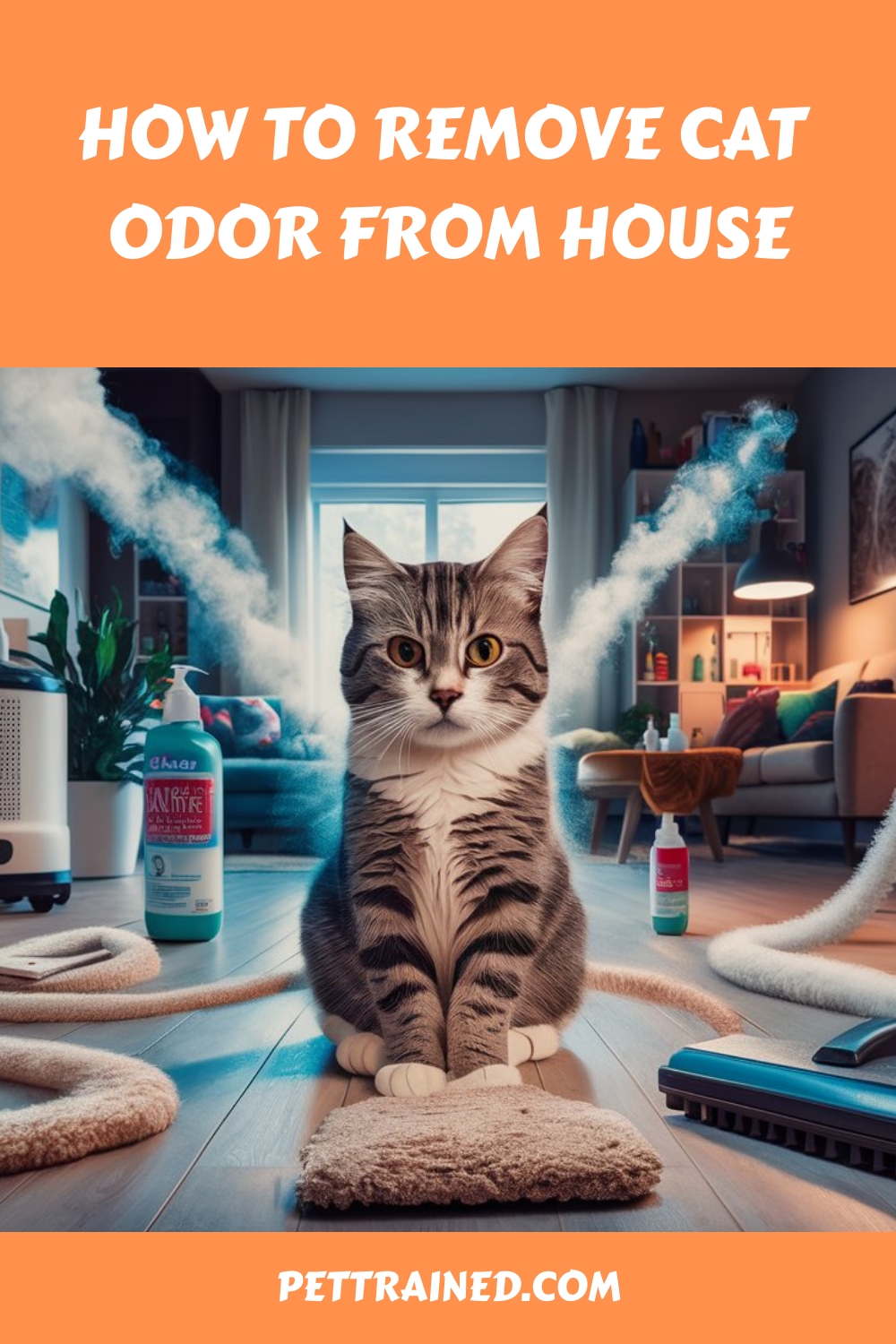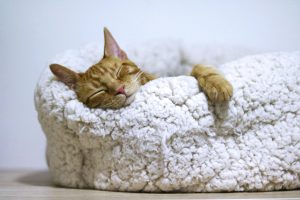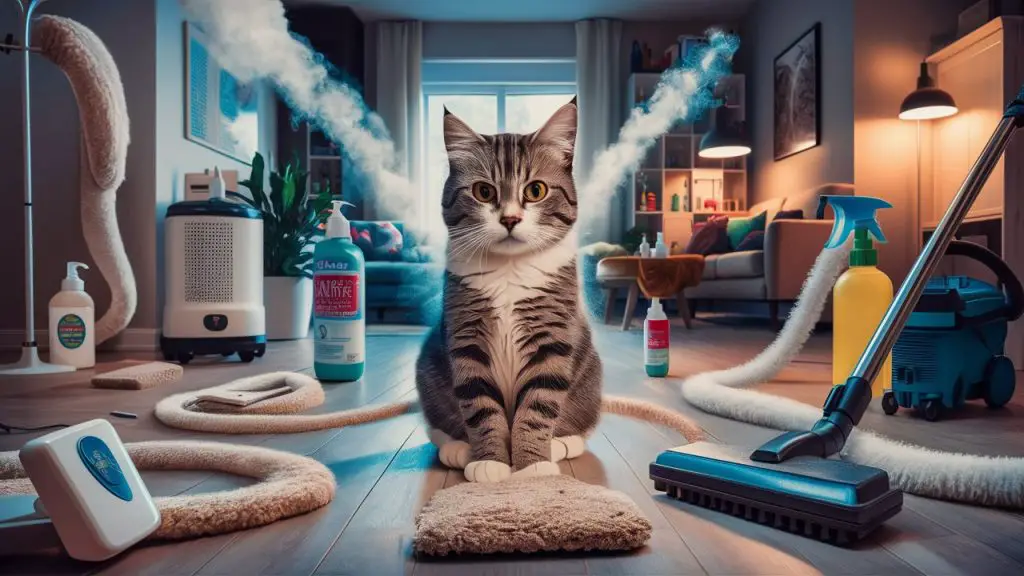
You’ll need to tackle the root causes of cat odor in your house, which often stem from litter boxes, carpets, upholstery, and hard surfaces. Start by removing solid waste and clumps from litter boxes daily and changing litter completely every 7-10 days. Use enzyme-based cleaners and natural deodorizers like baking soda to eliminate odors from carpets and upholstery. Regularly disinfect litter boxes, food and water stations, and areas where your cat spends most of their time. By taking these steps, you’ll make significant progress in removing cat odor – but there’s more to explore for a completely odor-free home.
Table of Contents
Key Takeaways

- Regularly scoop and change litter, and disinfect litter box surfaces to prevent bacteria growth and odor buildup.
- Use enzyme-based cleaners to remove organic stains from carpets and upholstery, and natural deodorizers like baking soda or activated charcoal.
- Identify and clean hidden areas behind furniture and in closets, and wash cat bedding and toys regularly to eliminate odors.
- Implement air purifiers or odor-absorbing products in common areas to maintain freshness and capture odor-causing particles.
Neutralize Litter Box Odor
To effectively neutralize litter box odor, you must first remove and dispose of all solid waste and clumps daily, as this is the primary source of the pungent smell.
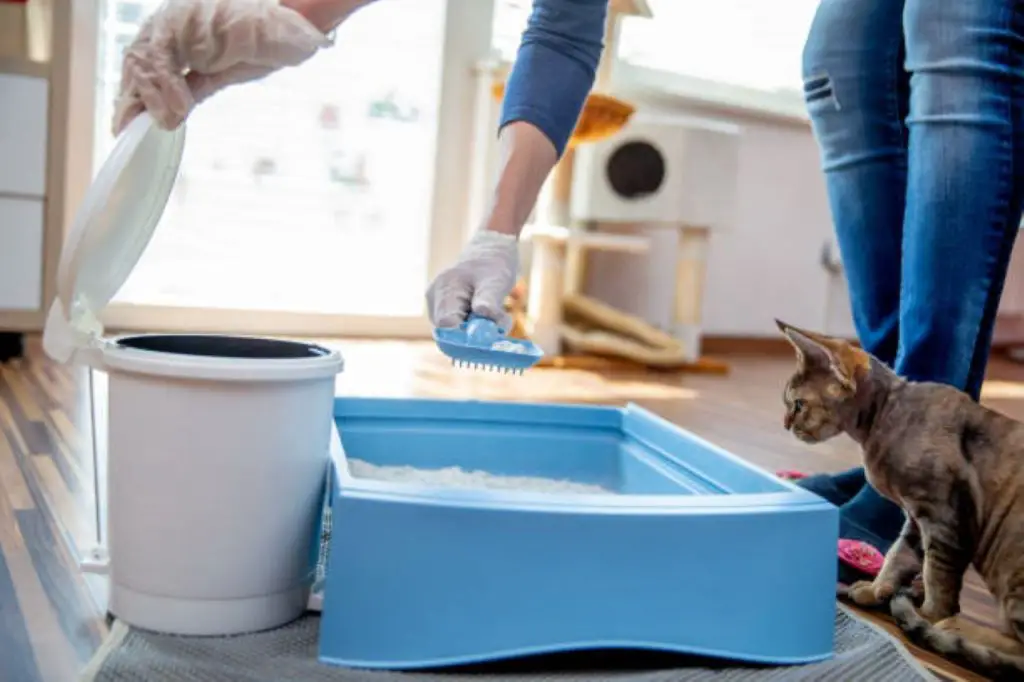
Scoop out any solid waste and clumps, and wash your hands thoroughly afterward.
Next, change the litter completely every 7-10 days, depending on the type of litter and the number of cats using the box.
Regular litter box maintenance is essential in preventing the buildup of odor-causing bacteria and odorous compounds.
This post contains affiliate links. However all the information provided on this site are my own honest opinions. See more in Disclaimer.
In addition to regular cleaning, you can use natural deodorizers to eliminate any remaining odors. Sprinkle baking soda or activated charcoal over the litter to absorb any lingering smells.
You can also place an open box of baking soda or a small bag of activated charcoal near the litter box to help neutralize any airborne odors.
These natural deodorizers are safe for your cat to ingest and can be an effective addition to your litter box maintenance routine.
Eliminate Odors From Carpets
You’ll need to tackle two key steps to eliminate odors from carpets: removing the odor-causing substances and neutralizing the carpet fibers.
When your cat has an accident on the carpet, the uric acid crystals in their urine can penetrate deep into the fibers, making it difficult to completely remove the smell.
Remove Odor-Causing Substances
Removing odor-causing substances from carpets requires a thorough understanding of the types of substances that contribute to cat odor, including dander, urine, feces, and vomit.
You’ll need to identify and remove these substances to eliminate the odor. Start by inspecting the carpet for any visible stains or odors.
If you find a stain, use a cleaning solution specifically designed to remove organic stains, such as enzyme-based cleaners.
For odor absorption methods, you can use natural deodorizers like baking soda, white vinegar, or essential oils like tea tree oil or lavender oil.
Sprinkle baking soda liberally over the affected area, let it sit for 30 minutes, and then vacuum up.
Alternatively, mix equal parts white vinegar and water in a spray bottle and spray the area, letting it air dry.
Essential oils can also be added to a spray bottle with water and sprayed over the area to help neutralize the odor.
Neutralize Carpet Fibers
Once you’ve removed odor-causing substances from the carpet, the next step is to neutralize the carpet fibers themselves, which can harbor lingering odors and require specialized treatment to fully eliminate the smell.
You’ll want to use a combination of carpet fresheners and odor absorbents to tackle the task. Here are some steps to follow:
- Apply a carpet freshener: Sprays or powders containing baking soda or zeolite can be effective in neutralizing carpet odors.
- Use an enzyme-based cleaner: Enzymes break down organic matter, eliminating the source of the odor.
- Apply an odor absorbent: Products containing activated carbon or silica gel can absorb lingering odors.
- Allow the carpet to air dry: Opening windows and using fans can help speed up the process, ensuring the carpet fibers are completely dry and free of moisture that can exacerbate odors.
Remember to always read and follow the manufacturer’s instructions for any cleaning products you use.
Clean Upholstery and Fabrics
To effectively eliminate cat odor from upholstery and fabrics, first identify and treat all affected areas, paying particular attention to crevices, cushions, and seams where odors tend to concentrate.
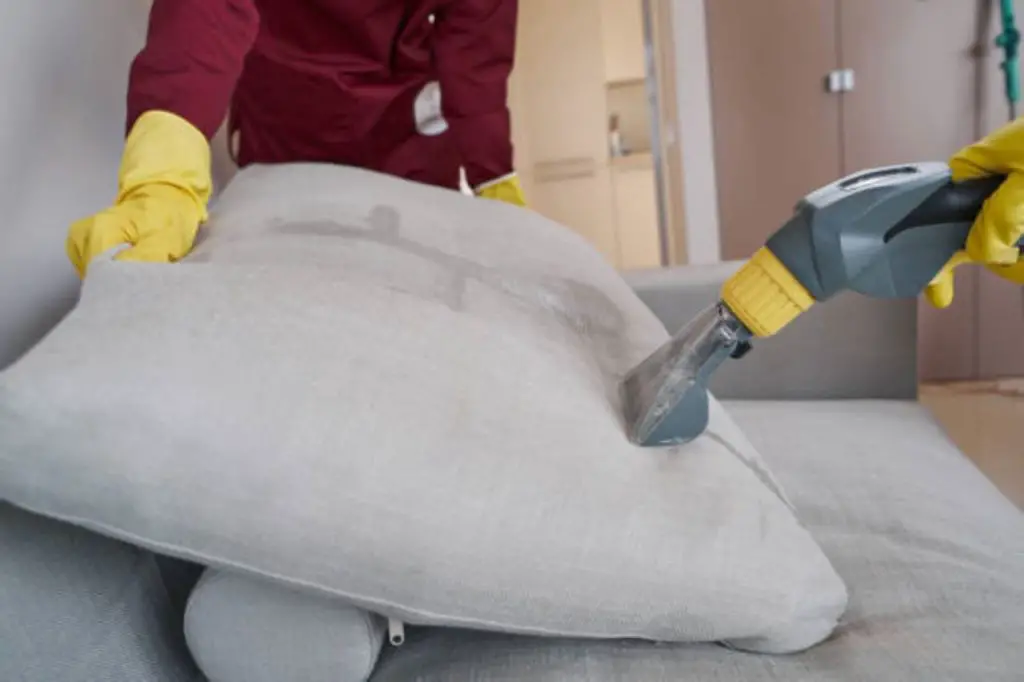
You’ll need to use a combination of upholstery cleaning and fabric freshening techniques to completely remove the smell.
Start by vacuuming the affected areas using a handheld vacuum cleaner or the upholstery attachment on your vacuum cleaner.
This will help loosen and remove any loose hair or debris that may be contributing to the odor.
Next, mix a solution of equal parts white vinegar and water in a spray bottle. Spray the solution onto the affected areas, making sure to saturate the fabric thoroughly.
Let it sit for about 10 minutes to allow the acid in the vinegar to break down and neutralize the odor-causing molecules.
Then, use a clean cloth or paper towel to blot the area, focusing on soaking up as much of the solution as possible.
Repeat the process if the odor persists, and consider using a fabric refresher or odor eliminator for particularly tough smells.
Remove Odors From Hard Surfaces

You’ll need to tackle hard surfaces next to completely eliminate cat odors from your home.
To do this effectively, you’ll need to identify the sources of the odors, choose the right cleaning products, and thoroughly disinfect all surface areas.
Identify Odor Sources
Identifying the sources of cat odor on hard surfaces is essential, as these areas can harbor urine crystals, dirt, and oils that perpetuate lingering smells.

To effectively eliminate these odors, you need to understand cat behavior and odor detection.
Cats often exhibit specific behaviors when marking their territory, such as scratching, spraying, or urinating in certain areas.
When investigating the sources of cat odor on hard surfaces, look for the following:
Trending in Cats:
- Urine stains and streaks: Check for discoloration, yellow or brown stains, or sticky residue on surfaces.
- Scratching marks: Inspect surfaces for scratch marks, which can be indicative of cat marking behavior.
- Dirty litter box areas: Odors can spread from litter boxes to surrounding surfaces, so keep these areas clean.
- Food and water stations: Check for spills or crumbs that can attract bacteria and odor-causing microorganisms.
Choose Cleaning Products
Several types of cleaning products can effectively remove cat odors from hard surfaces, including enzyme-based cleaners, acid-based cleaners, and oxidizing agents, each with its own strengths and limitations.
When choosing a cleaning product, you’ll want to take into account the type of surface you’re cleaning and the severity of the odor.
Enzyme-based cleaners are a popular choice for pet owners, as they contain natural enzymes that break down organic matter, eliminating the source of the odor.
Acid-based cleaners, on the other hand, are effective at dissolving and removing odor-causing molecules.
Oxidizing agents, such as hydrogen peroxide, work by breaking down and neutralizing the odor.
Don’t forget to take into account eco-friendly options, which are gentler on surfaces and the environment.
Some popular eco-friendly options include plant-based enzyme cleaners and essential oil-based cleaners.
You’ll also want to steer clear of products that rely on scent masking, which can temporarily cover up odors but won’t eliminate the source of the problem.
By selecting the right cleaning product, you’ll be one step closer to removing cat odors from your home for good.
Always read and follow the manufacturer’s instructions for best results.
Disinfect Surface Areas
With the right cleaning product in hand, disinfecting surface areas is the next step in removing cat odors from hard surfaces.
This process requires attention to detail and a thorough approach to eliminate lingering bacteria and odor-causing molecules.
Effective disinfecting techniques are essential to rid your home of cat odors.
When it comes to surface cleaning, focus on areas where your cat spends most of its time. Here are key areas to target:
- Food and water bowls: Regularly clean and disinfect these areas to prevent bacterial growth.
- Litter box surfaces: Clean and disinfect the litter box, including the scoop, to reduce odors.
- Furniture and carpets: Thoroughly clean and disinfect surfaces with a pet-safe cleaner.
- Grooming areas: Clean and disinfect areas where your cat grooms itself to reduce loose hair and oils.
Freshen Up the Air
You can neutralize lingering cat odors in the air by using an air purifier, which captures odor-causing particles and leaves your home smelling fresher.
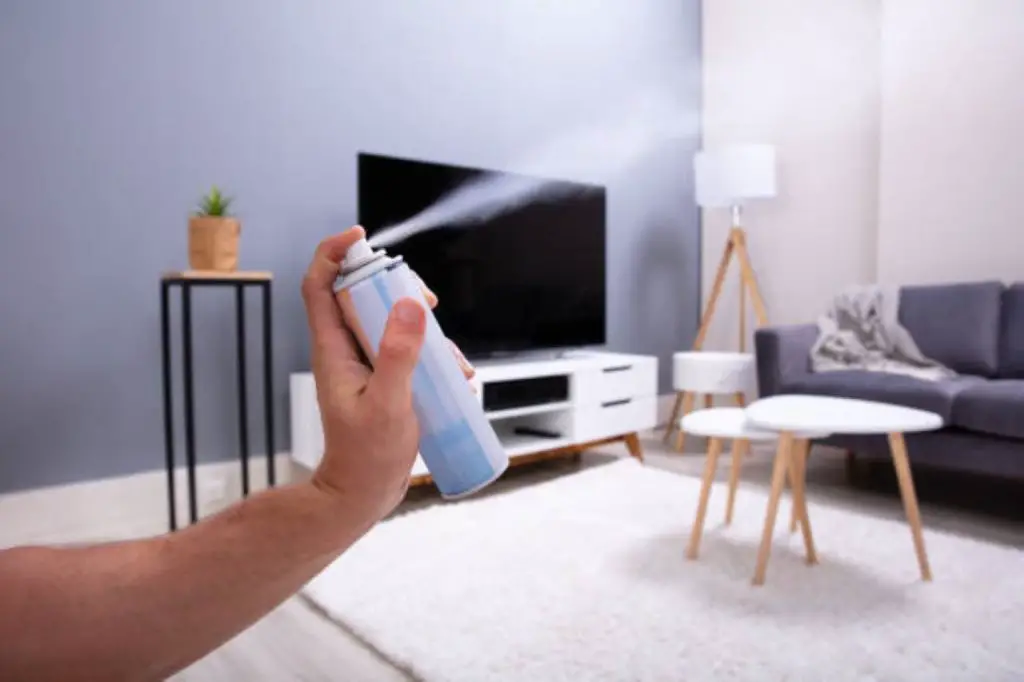
Air purifiers work by drawing in air, filtering out impurities and odor-causing molecules, and releasing clean air back into the room.
This process helps to eliminate the volatile organic compounds (VOCs) responsible for cat odors.
To maximize the effectiveness of your air purifier, consider the following:
| Air Purifier Type | Features | Benefits |
|---|---|---|
| HEPA Filter | Captures 99.97% of particles as small as 0.3 microns | Effective against pet dander, dust, and pollen |
| Activated Carbon Filter | Targets VOCs and odors | Eliminates cat smells and other household odors |
| Ionizer | Releases negative ions to attract and neutralize pollutants | Enhances air cleaning and freshening capabilities |
Additionally, you can use essential oils like lavender, tea tree, or lemon to naturally freshen the air and mask any remaining cat odors.
Simply add a few drops to a diffuser or mix with water and spray around the room.
Identify and Fix Odor Sources
The first step in eliminating cat odor is to track down and address the root causes of the smell, which often involves identifying and tackling specific areas or objects in your home that are harboring the odor.
You’ll need to do some odor tracking to locate the sources of the smell.
Check for any areas where your cat may be urinating or defecating outside of the litter box, as these can be major contributors to the odor.
Here are some common areas to investigate:
- Litter box and surrounding areas: If your cat isn’t using the litter box properly, it can lead to a buildup of odor-causing bacteria and waste.
- Carpets and upholstery: These can absorb and retain odors, making them difficult to eliminate.
- Cat bedding and toys: These can harbor odors and bacteria, especially if they’re not regularly cleaned.
- Hidden areas: Check behind furniture, under beds, and in closets for any hidden areas where your cat may be urinating or defecating.
Prevent Future Odor Buildup
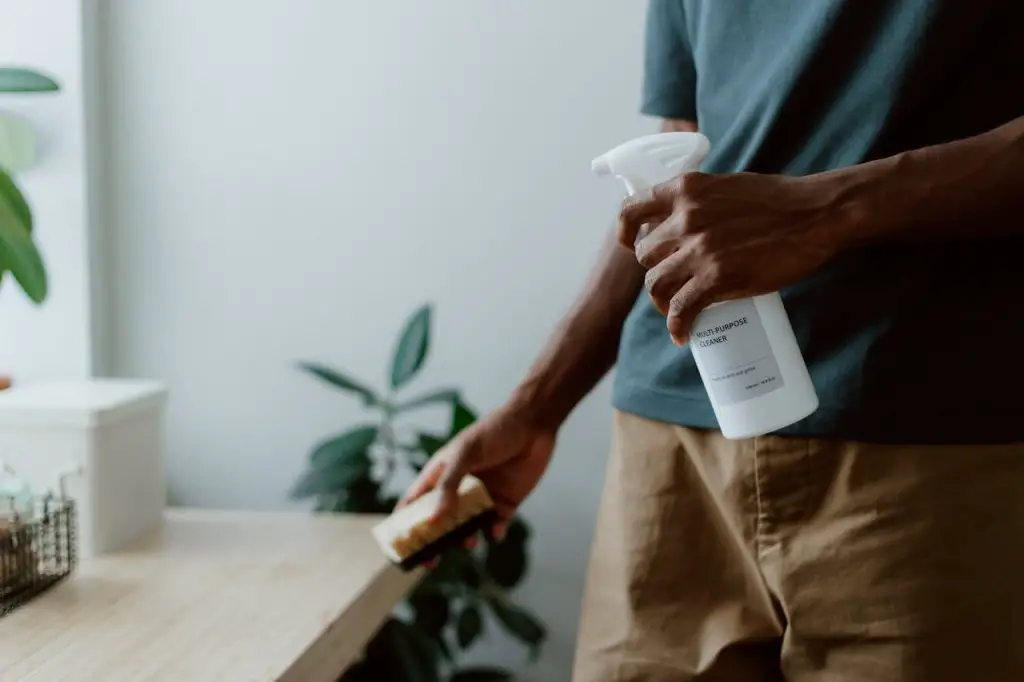
Preventing future odor buildup requires diligent maintenance and regular cleaning of areas prone to odor accumulation, especially around your cat’s litter box and favorite lounging spots.
You’ll want to establish a routine of daily scooping and weekly changing of the litter to prevent the growth of odor-causing bacteria.
Proper litter box management also involves disinfecting the litter box and its surroundings with a pet-safe cleaner.
Regular cleaning of your cat’s favorite areas, such as upholstered furniture and carpets, is also essential in preventing future odor buildup.
You can use a fabric refresher or odor eliminator specifically designed for pet owners to keep these areas smelling fresh.
Additionally, consider using an air purifier or odor-absorbing products in areas where your cat tends to congregate.
By staying on top of litter box management and regular cleaning, you’ll be able to prevent future odor buildup and keep your home smelling fresh and clean.
Frequently Asked Questions

You can harness essential oil benefits to eliminate cat odor. Certain oils, like tea tree, lavender, and lemon, possess natural deodorizing properties, making them effective odor elimination methods when used in diffusers or applied to affected areas.
‘When you’re stuck between a rock and a hard place with cat smells, air purifiers can be a refreshing change. They’re effective in removing airborne odors using techniques like filtration and ionization.’
When you consider professional duct cleaning, you’ll find it can reduce cat odors in your home by removing accumulated debris and dander, one of the primary cat odor sources, thereby highlighting the duct cleaning benefits.
Like a magnet, cat odor can attract other animals to your house, triggering their animal instincts to follow the scent. You see, cat behavior involves marking territories, which signals to other animals that your home is a welcoming spot.
You’re wise to question enzyme-based cleaner safety around pets. While generally non-toxic, some pets may experience reactions, such as skin irritation or allergic responses. Always spot test and ventilate areas to minimize risks.
Conclusion
You’ve conquered the odious forces that once held your home hostage. The litter box, once a pungent battleground, now lies neutralized.
Carpets, upholstery, and hard surfaces have been freed from feline funk. The air is fresh, and the sources of odor have been vanquished.
Your victory isn’t just a fleeting triumph, but a lasting one, for you’ve also armed yourself with the knowledge to prevent future odor buildup.
Your home is now a fortress of freshness.
